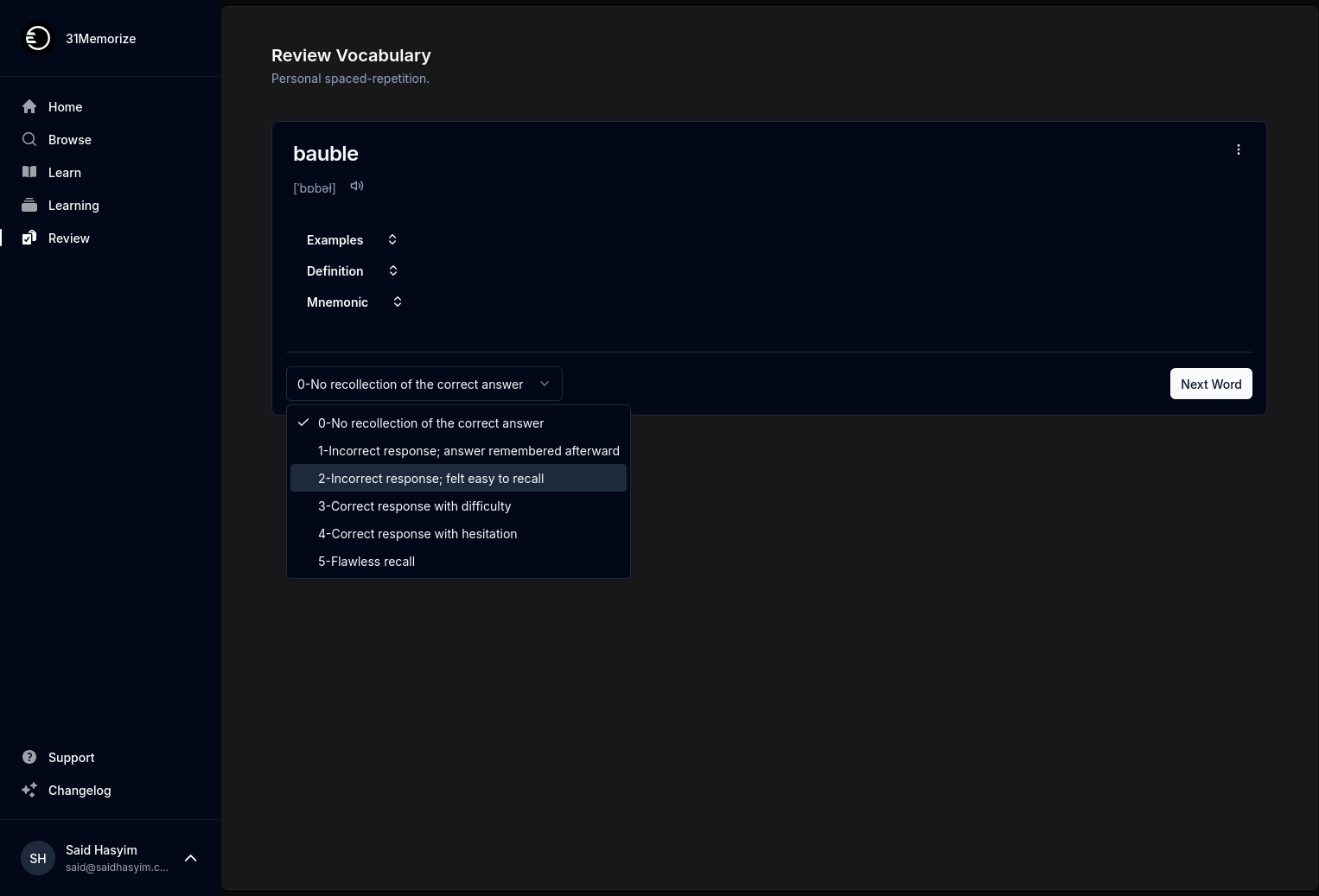How to Interpret Your Book Ratings Effectively
Ratings can sometimes feel like they encompass the entirety of a book's worth. However, the reality is that numbers alone tell just one part of the story. Whether you're a casual reader, an aspiring author, a book reviewer, or someone who simply enjoys sharing opinions about the books they read, understanding how to interpret book ratings can enhance your reading experience and help you articulate your thoughts more clearly. In this blog post, we’ll explore effective ways to interpret book ratings, what they signify, and how to use them to inform your reading choices.
1. Understanding the Rating System
Most platforms and literary communities use a numerical rating system, typically ranging from 1 to 5 or 1 to 10. Below are some common interpretations of these ratings:
- 1 Star: Poor - The book did not meet expectations, and there may be significant issues with the writing, pacing, or coherence.
- 2 Stars: Fair - There are redeeming qualities, but overall, the book is lacking in several areas.
- 3 Stars: Average - The book is neither exceptional nor terrible; it may contain both strong and weak points.
- 4 Stars: Good - The book is enjoyable with minor flaws; it likely had an impact on the reader.
- 5 Stars: Excellent - The book is a standout, highly enjoyable, and compelling enough to recommend to others.
These dynamics can vary significantly depending on individual interpretation, so understanding how each numeric value is assigned is crucial.
2. Context Matters
A book rating does not exist in a vacuum. Here's how context can shift your understanding:
a. Genre Expectations
Different genres have different reader expectations. For instance, a romance novel that scores 3 stars may still be satisfying within its genre, while a literary fiction novel with the same rating might be considered disappointing. Be mindful of genre conventions when evaluating ratings.
b. Author Background
An established author might have different benchmarks than a debut writer. If a well-known author receives a 3-star rating, it may reflect higher expectations than a newcomer at the same rating. Contextualizing the author's experience can inform how you interpret their ratings.
c. Reader Reviews and Demographics
Understanding the demographics of the readers who rated a book can provide insight into its appeal. If a fantasy novel is rated highly among avid fantasy fans but has mixed reviews from general readers, it indicates a niche audience may appreciate it more. Reader reviews accompanying the ratings are invaluable for a nuanced interpretation.
3. The Importance of Comments
Ratings are often accompanied by reviews that provide elaboration on how a reader arrived at their score. Analyzing these reviews can offer further insights into not just the reader's preferences but also common themes related to the book ─ whether it be character development, pacing, plot execution, or thematic depth.
a. Separating Emotion from Analysis
Sometimes, a book evokes intense emotions that can affect ratings. A teary-eyed reader might rate a book as a 5 due to emotional resonance, even if literary merits aren't strong. Conversely, a reader who appreciates strong prose might give a powerful but emotionally dull book a lower rating. Pay attention to these nuances when reading comments.
b. Trends Across Reviews
Look for commonalities in reader reviews. If multiple reviews point to similar strengths or weaknesses, that may provide a clearer picture of the book's overarching qualities, enhancing your interpretation of its rating.
4. Personal vs. General Ratings
Every reader’s experience with a book is inherently subjective. Just because a book received a low or high rating does not mean that you will feel the same. Consider your own values and preferences when interpreting ratings:
a. Reading Mood
Your mood while reading can greatly affect your experience. A book that resonates one day might fall flat another day. Make a note of your feelings at the time you read it.
b. Life Situation
Books can hit differently depending on external circumstances. For example, a light romance during a stressful time might feel like a 5-star reading while the same book can be merely average when you're in a calmer state of mind.
c. Re-evaluating Old Ratings
As tastes evolve, so might your interpretation of books you've previously rated. Re-read old favorites or books you once disliked; you may find your perspective shifting, which can result in a new rating or appreciation for certain aspects.
5. Cultivating Your Rating System
Learning to interpret book ratings should inspire you to develop your rating system, one that reflects your reading philosophy. Here’s how you can create a customized approach:
a. Determine Your Criteria
Decide which elements matter most to you. Is it character development, world-building, emotional impact, writing style, plot consistency, or social commentary? Establish a list and stick to it.
b. Rating Scale
While a 5-star rating system is common, you might benefit from a more refined scale. Consider incorporating half-stars or different categories (e.g., plot, characters, prose) with specific numeric ratings that contribute to an overall score.
c. Reflect Regularly
Performance can vary between genres and authors, so revisit your ratings periodically. This practice can lead you to reconsider the nuances of your own system and help clarify which aspects of storytelling you value.
6. Summary
Interpreting book ratings effectively can transform your reading experience. Remember to look beyond the numbers and dive into the context: consider the genre, reader demographics, author background, and the nuances of personal taste. Familiarize yourself with your reading habits and develop your criteria for assessing books.
By approaching book ratings with curiosity and a critical mindset, you'll not only improve your reading experience but also engage more deeply with the literature you choose to explore. Happy reading!
